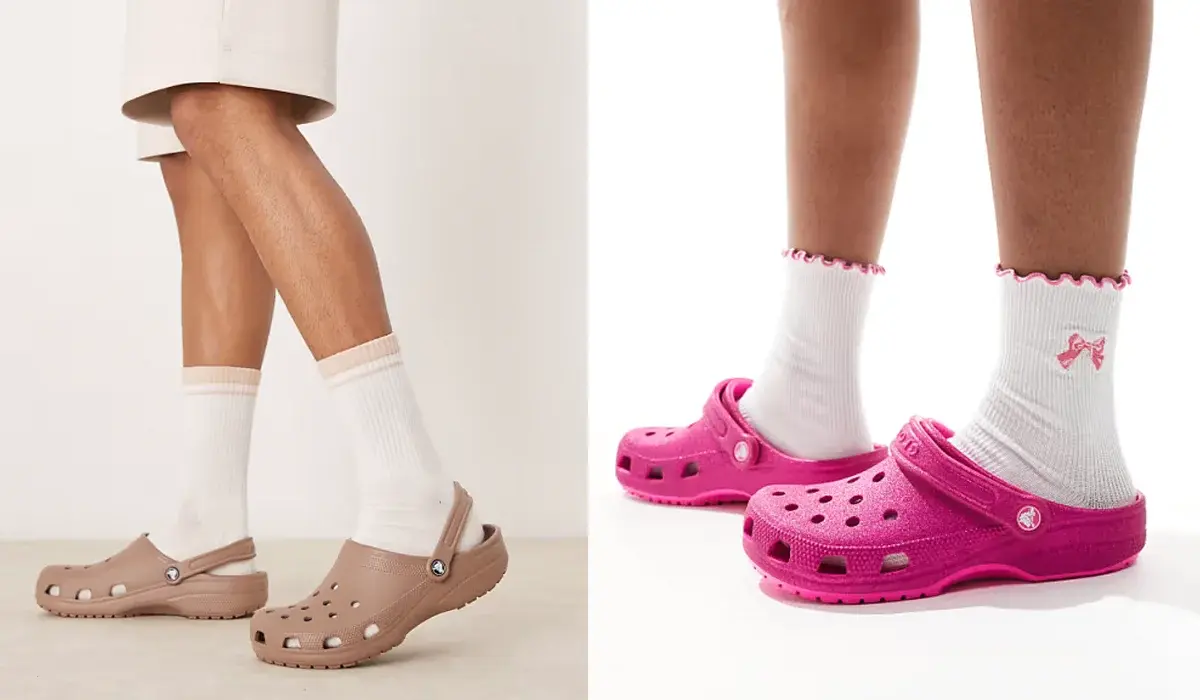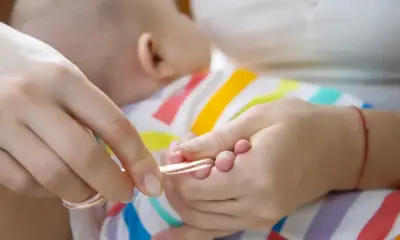Culture
Why Schools Are Banning Crocs: The Reasons Behind the Trend

Reasons Schools Ban Crocs: Understanding the Controversy
As schools across the country enforce updated dress codes, one footwear item seems to be causing a stir—Crocs. In recent years, more schools have added Crocs to their list of prohibited items. The reasons behind these bans vary, but safety concerns, comfort, and practicality are all key factors. In this article, we will explore the reasons schools ban Crocs, what the ban means for students, and how to approach these changes with your child.
Why Schools Are Banning Crocs
The reasons schools ban Crocs are primarily focused on safety and the practicality of the shoe. While Crocs are a popular choice due to their comfort and unique design, they can pose certain risks in a school environment. Let’s take a closer look at why some schools are making the decision to ban them.
1. Safety Concerns: The Risk of Injury
One of the main reasons schools ban Crocs is the potential safety hazards associated with wearing them. Crocs, like flip-flops and other backless shoes, can increase the likelihood of slips and falls. Studies have shown that these types of shoes don’t provide adequate support, leading to a higher risk of injury, especially during physical activities like running, jumping, or even walking briskly. Many students wear their Crocs without the back straps, making them more prone to slipping off or causing an accident.
Reasons schools ban Crocs often stem from concerns about emergency situations where students may need to move quickly. In the event of an emergency, Crocs can be a hindrance, as the lack of proper support and fit makes it difficult to move with agility.
2. Impact on Physical Education and Sports
Physical education (PE) classes and recess involve running, climbing, and other physical activities that require secure, supportive footwear. Crocs, however, are not designed for high-impact activities. The lack of stability and the open-toe design can lead to foot injuries, especially during more intense movements. This is a common reason why schools implement a ban on Crocs for students participating in physical activities.
3. Inappropriate for Science Labs
Another practical concern regarding Crocs is that they are not suitable for environments like science labs. Schools that offer science courses often require students to wear shoes that fully cover their feet for safety reasons. In science labs, students may handle chemicals, hot liquids, or other potentially hazardous materials. Crocs, with their open-toe design, do not provide the necessary protection against spills or accidents, which is why they are often banned from such areas.
How Schools Are Addressing the Issue
While the reasons schools ban Crocs seem clear to school administrators, the debate continues among students, parents, and teachers. Some students feel that banning Crocs is unfair, especially since they are comfortable and stylish. However, schools argue that their primary goal is to create a safe and conducive learning environment, where students can focus without worrying about their shoes.
1. Distractions in the Classroom
Comfortable and casual footwear, such as Crocs, might seem harmless. However, they can sometimes become a distraction in class. Students may be more focused on adjusting their shoes, or the distinct “clack” sound of Crocs on hard floors can be distracting. For this reason, many schools prefer to limit footwear options that may interrupt the classroom atmosphere.
2. The Importance of Dress Codes for School Unity
Dress codes, including footwear policies, are implemented to create a sense of community and equality among students. When all students wear similar types of clothing and shoes, it can help reduce peer pressure based on fashion trends. Banning trendy items like Crocs helps maintain focus on education rather than fashion.
Communicating Dress Code Changes to Kids
When schools ban Crocs or other beloved items, it’s important to have open conversations with children. Explaining the reasons behind the rules can help students understand the importance of safety, especially in situations where footwear could impact their well-being. As a parent, it’s crucial to validate your child’s feelings and provide them with alternatives that still fit within the dress code.
How Parents Can Help Kids Adapt
Parents can encourage kids to follow school dress codes while still expressing their individuality. By discussing the reasons behind the rules, such as safety and practicality, students may better understand the necessity of these changes. Allowing children to choose from other approved footwear options gives them a sense of control and helps ease their frustration.
Reasons schools ban Crocs may seem like a simple issue, but it reflects a broader conversation about student safety and school culture. Parents can support their children by guiding them through these changes and helping them find ways to express their style within the established guidelines.
Should Crocs Be Banned in Schools?
The debate about banning Crocs in schools ultimately comes down to a balance between personal preference and safety. While Crocs are undoubtedly popular for their comfort and unique look, their practical drawbacks in a school setting cannot be ignored. Whether you agree or disagree with the ban, understanding the reasons behind it can help students and parents navigate these dress code policies more effectively.
Conclusion
The reasons schools ban Crocs are primarily rooted in safety concerns and the practical needs of the school environment. While the debate continues, it’s important for both students and parents to understand the rationale behind these decisions. By respecting school policies and adapting to them, students can contribute to creating a safer and more focused learning environment.
For more updates and insights about school policies, dress codes, and the latest trends, be sure to explore more news on this website!












